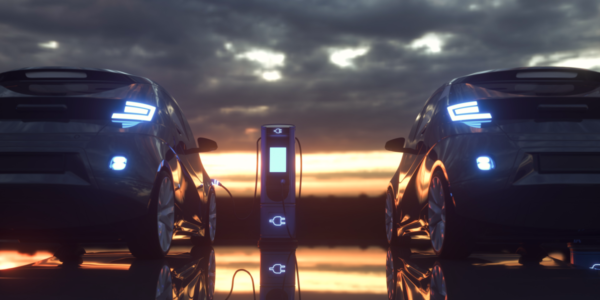
Lithium-ion batteries are made up of three essential components; the positive and negative electrodes, the cathode and the anode, and the chemical layer known as the electrolyte. The electrolyte is formed of salts, solvents, and additives and serves as what’s called the conduit of lithium-ions between the cathode and the anode.

With a major lack of electric vehicle options to replace medium- and heavy-duty ICE trucks, EVs are unfortunately not viable for many utility fleets yet. This doesn’t make ICEV fleets a lost cause for sustainable practice though.

The thing with the fleet industry though, is that we’re in the middle of a massive evolutionary movement for the technology that many of us use to complete our jobs on a daily/weekly basis. Yes, we’re electrifying – no surprise here. But what exactly is the difference between PHEVs and BEVs?

Just as with any battery-operated item, there is an optimal operating temperature for EVs. Because of this, fleets operating in areas with extreme weather must keep this in mind during the peak of harsh winter and summer months.

Whether it’s hesitation or logistics – I know there’s a lot of questions surrounding the electrification movement. With any new technology, there are always going to be differences of opinions and potential concerns. And electric vehicles are no different.

The Utility Expo in Louisville, Kentucky is finally upon us! Join Gretchen and Michael at the conference by following along with their ‘daily recaps’ of each day during the three-day expo.

With such a major shift away from internal combustion engine vehicles, consumers and fleet managers must rethink how they are powering their vehicles. Fueling will no longer be just a gas station away, with a thoughtless five-minute refill until you’re back on the road.

Low emission zones are common throughout Europe and the UK, with over 250 protected European cities as of 2019. Though not as common in the United States, these EU cities provide a blueprint for the future of LEZs around the world.

Take-home policies are a common consideration for fleet mangers of police departments, emergency services and taxi companies. There can be many benefits to keeping vehicles out on the road instead of parked in a company garage overnight, and can help employees save on both costs and time.